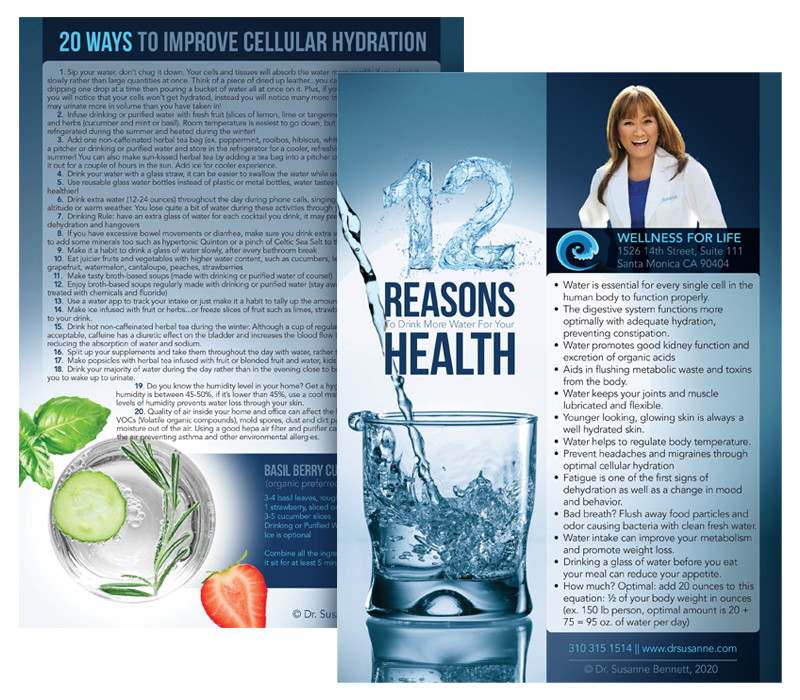 Interval training is well known throughout the fitness industry, but what most people don’t realize is just how beneficial it really is. The training is different from spending hours at the gym, or running 5 miles a day, because of the sheer brevity of it.
Interval training is well known throughout the fitness industry, but what most people don’t realize is just how beneficial it really is. The training is different from spending hours at the gym, or running 5 miles a day, because of the sheer brevity of it.Interval training is the process of altering bouts of exertion with periods of rest in under just half an hour. This does wonders for your heart and lungs, as noted by Dr. Al Sears, an M.D. who details his version of interval training in his book called P.A.C.E: Rediscover Your Native Fitness.
Dr. Sears’s P.A.C.E program caught on quick after he claimed 20 minutes of working out was better than hours at the gym. His theory is that in the long run, the longer your cardiovascular program is, the more likely your body will store fat.
“Burning fat while exercising signals to your body that it needed the fat. This trains your body to make more fat for the next time you exercise. Your body then replenishes your fat each time you eat and becomes efficient at building and preserving fat.”
I find that the most important part of interval training is the “after burn”. After a high and low intensity interval work out, your body requires more oxygen to burn calories long after the work out is over (up to 24 hours of increased metabolism), in order to replenish the body. This repair and recovery phase requires energy, which ultimately means we’re still burning calories even when we are lounging around afterwards. Who doesn’t love that?
While Dr. Sears’s P.A.C.E program includes 5 sets of decreasing levels of exertion, always with 90 seconds of rest, I recommend something a bit different if you have never trained in this manner. If you’re a beginner, I find that 30 seconds of all-out exertion, such as riding a stationary bike, climbing stairs, running, swimming (in a shallow pool so you can stand up if you need to), or climbing a steep hill, works better than 60 seconds, combined with a 90 second cool down. Ten sets of this keeps you within the 20 minute or so time frame Dr. Al Sears mentions.
As your body adapts to the intensity and length of time, my suggestion is to increase the time gradually to 60 seconds of all out exertion, and a two-minute cool down. You will find that all you need is 5 or 6 sets rather than ten.
Just PACE yourself!
PLEASE NOTE: Before implementing any type of exercise program, do get a full physical and approval by your general health care professional.
References:
http://www.heart-health-for-life.com/exercise-weight-loss.html




Hey mate, greetz from New York!